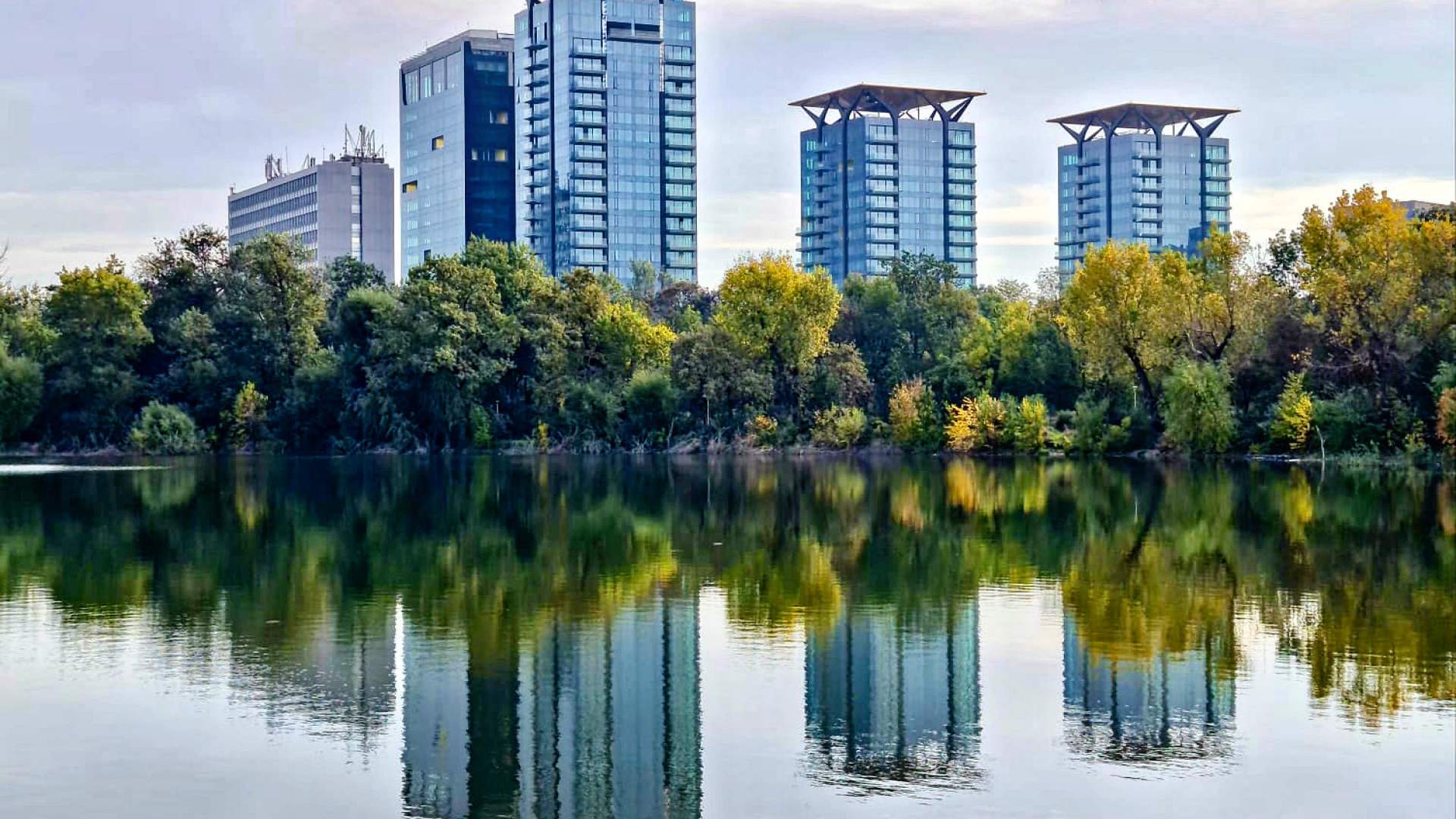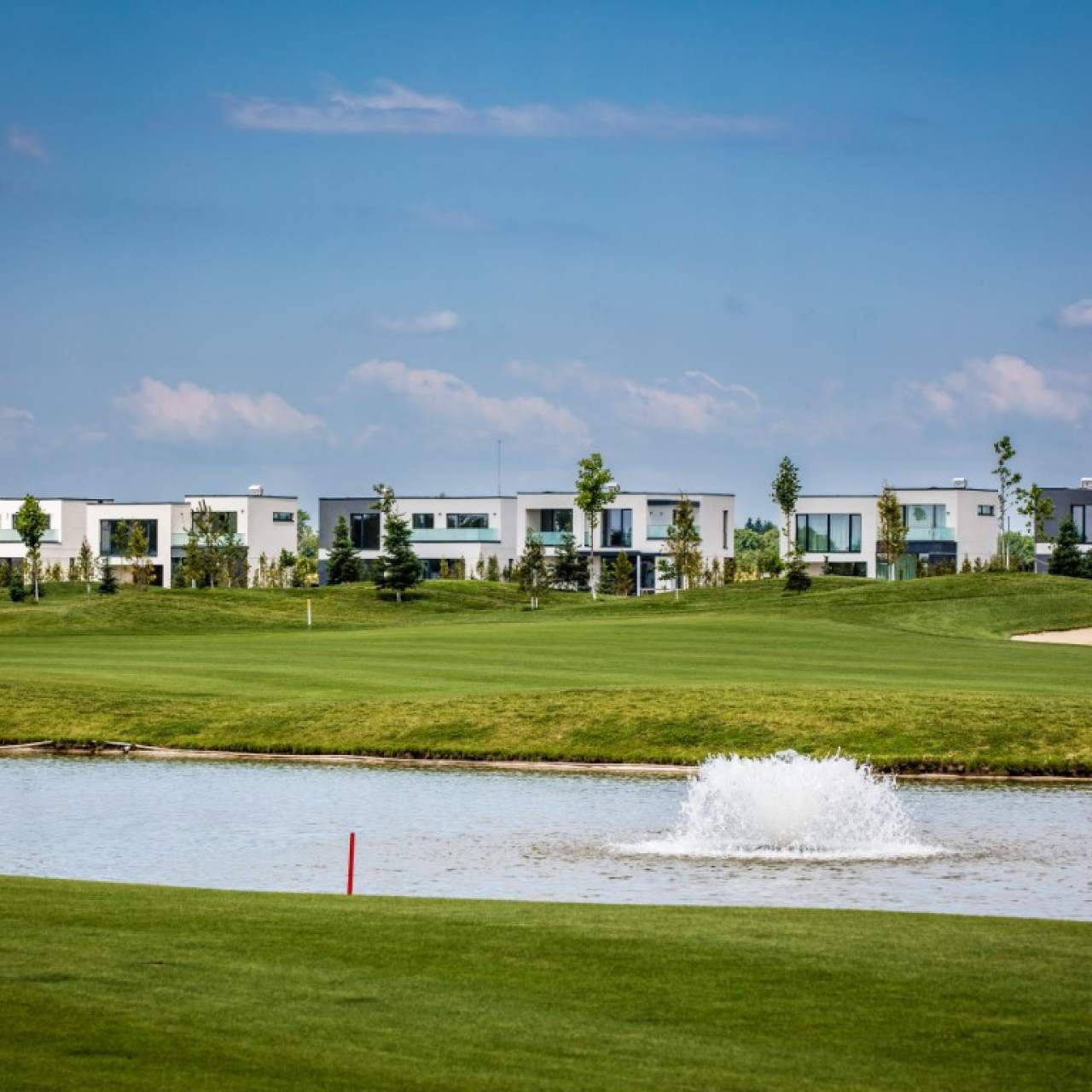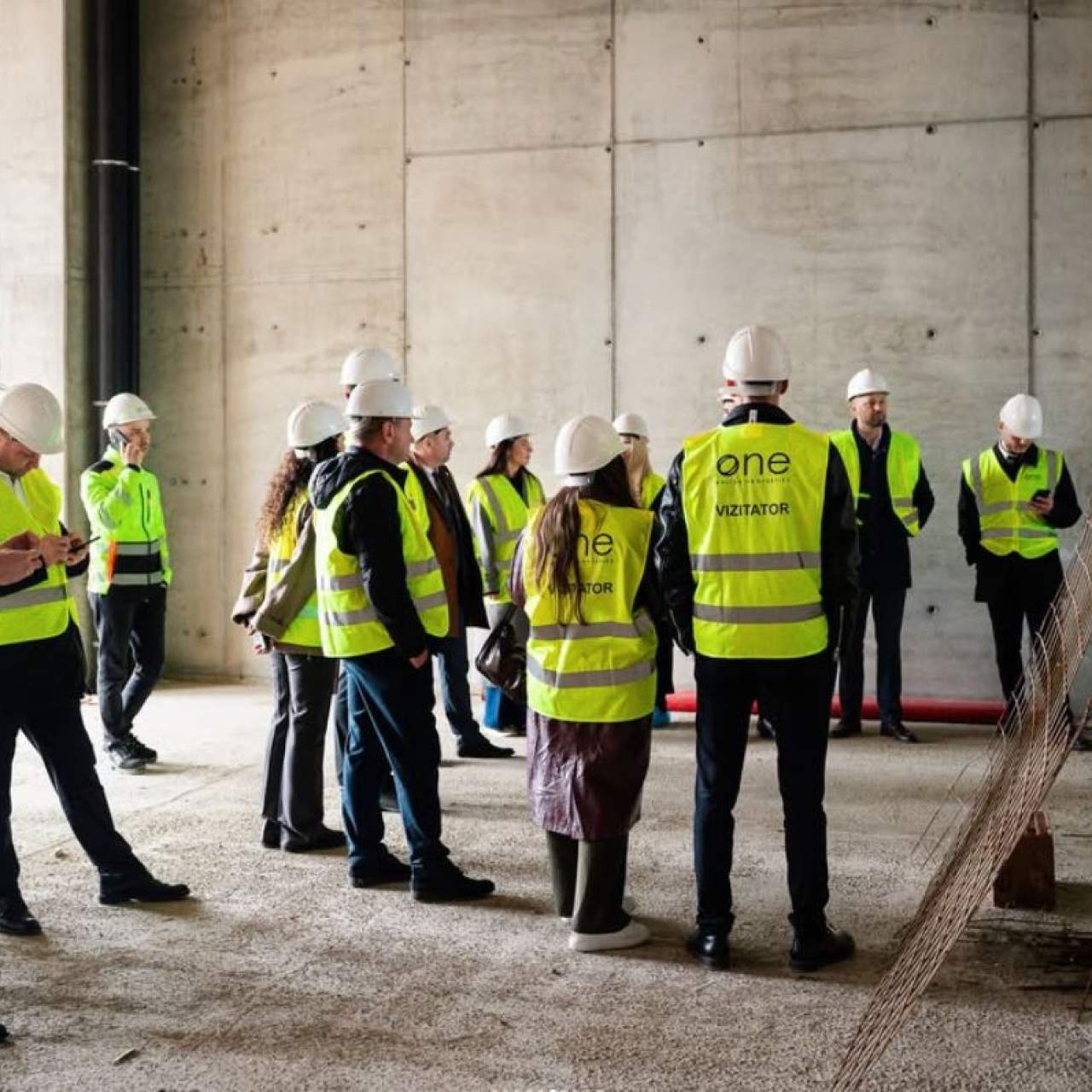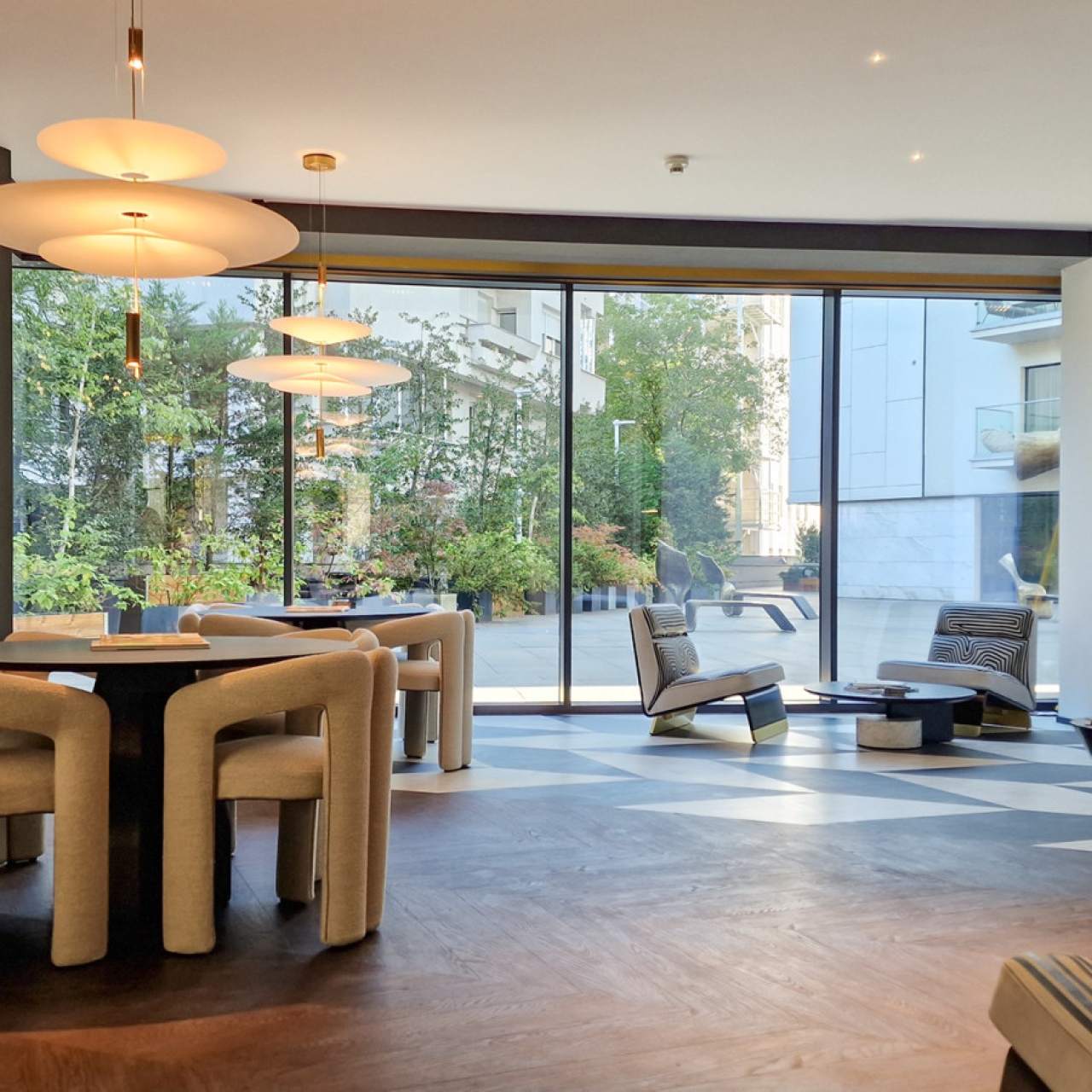
The most important certifications in real estate
The notoriety of real estate developers is represented not only by their previous activity, the number of buildings they built, or the value of investments but also in the attention they pay to the sustainability of the projects in their portfolio.
Here are four certifications, international and local, that attest to the ecological performance of buildings and the positive impact they have on those who carry out their daily activity inside them.
BREEAM
Announced in 1990 in the UK by the Building Research Establishment (BRE), BREEAM (Building Research Establishment Environmental Assessment Method) is considered the longest-lived method of assessing and certifying the ecological performance of buildings. An adjacent version, EcoHomes, was launched in 2000 and replaced by Code for Sustainable Homes in the spring of 2008. Factors analysed for BREEAM certification include, but are not limited to building management, energy, health and well-being, proximity to transportation, water, construction materials used, waste, land use, and pollution. BREEAM is awarded to several types of projects: new buildings, existing buildings, renovation projects, or large community projects. The mechanism is used worldwide, with more than 500,000 buildings in about 86 countries receiving this certification to date. These include the One North Gate office development in Pipera, part of One United Properties portfolio.
LEED
The LEED (Leadership in Energy and Environmental Design) program was launched in 1993, at the initiative of the US Green Building Council (USGBC), to certify green buildings. In this regard, an evaluation system is used, that includes both the analysis of the project and construction, as well as the operation and maintenance of green buildings, houses, and neighbourhoods. Thus, the protection of the environment and the efficient use of resources, but also of the quality of life are considered, since the buildings directly influence the quality of the way people live, work, and spend their free time. Among the categories of buildings that can obtain LEED certification are both residential and commercial centres, as well as schools, warehouses, medical and distribution centres. Two years ago, the USGBC celebrated the achievement of an important milestone: 100,000 LEED-certified commercial projects. Every day, over 2.6 million square meters of built space receive this certification. Currently at its fourth version, the certification has four rating levels: Certified, Silver, Gold, and Platinum, which are obtained based on a score given to each project. In Romania, the first building to obtain the LEED v4 Platinum level certification - the highest level provided by this certification - is One Tower, part of One Floreasca City multifunctional development. The building also has WELL Health & Safety certification.
WELL
Launched by the Well Building Institute (IWBI), WELL certification is designed to attest to the standards of human well-being offered by buildings and indoor spaces. Therefore, it focuses exclusively on their impact on the well-being and health of the occupants, as buildings are the spaces where people spend about 90% of their time. The seven categories analysed for granting the WELL standard are water, air, food, light, sports, comfort, and mental state. Buildings must obtain a certain score for each category to receive this certification. Following the submission of documentation and an audit, projects are given a certain level of rating: Silver, Gold, or Platinum. A year ago, IWBI launched a new version of this tool, WELL v2, which brings together the experience of a significant number of physicians, construction specialists, public health experts, and scientists from around the world.
GREEN HOMES
Based on five companies as founding members, in 2008 the Romanian Council for Green Buildings (RoGBC) was born. The project was launched considering, among other things, Romania's position as a leader in the sustainable construction sector in the region by developing the green construction industry, supporting the development of a set of legislative measures to promote sustainable construction, researching good practices in the region to facilitate adoption locally, as well as facilitating access to a range of training programs, to train a national group of experts in the field. RoGBC has also developed Green Homes certification, which evaluates and certifies the performance and sustainability of residential projects while having a low cost. In 2018, ten years after the establishment of the Council, over 200 buildings in Romania had received green certificates. Among the buildings that have obtained Green Homes by RoCGB pre-certification or certification is the entire portfolio of residential real estate projects developed by One United Properties.
Data for this article was obtained from breeam.com, wellcertified.com, designingbuildings.co.uk, rogbc.org and zf.ro.
Inspired by the article?
Explore apartments in neighborhoods worth discovering:


